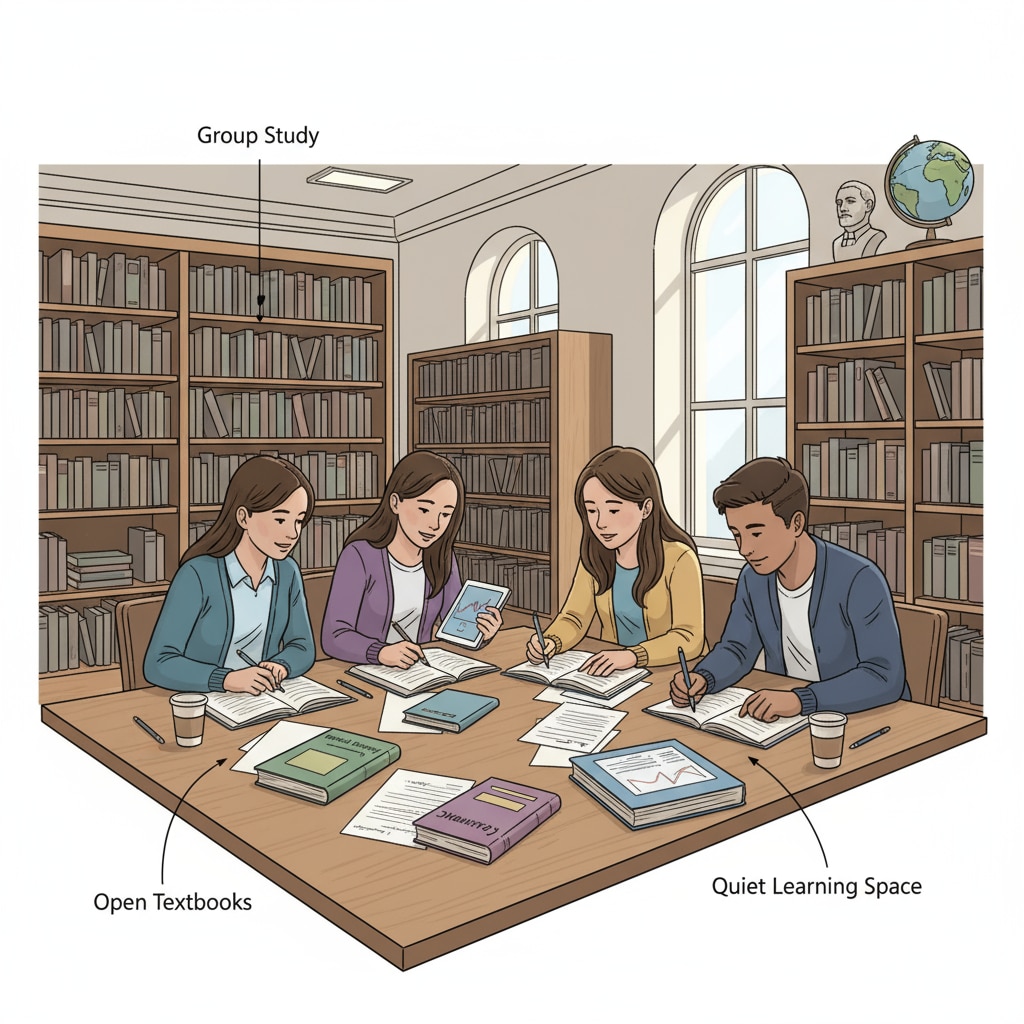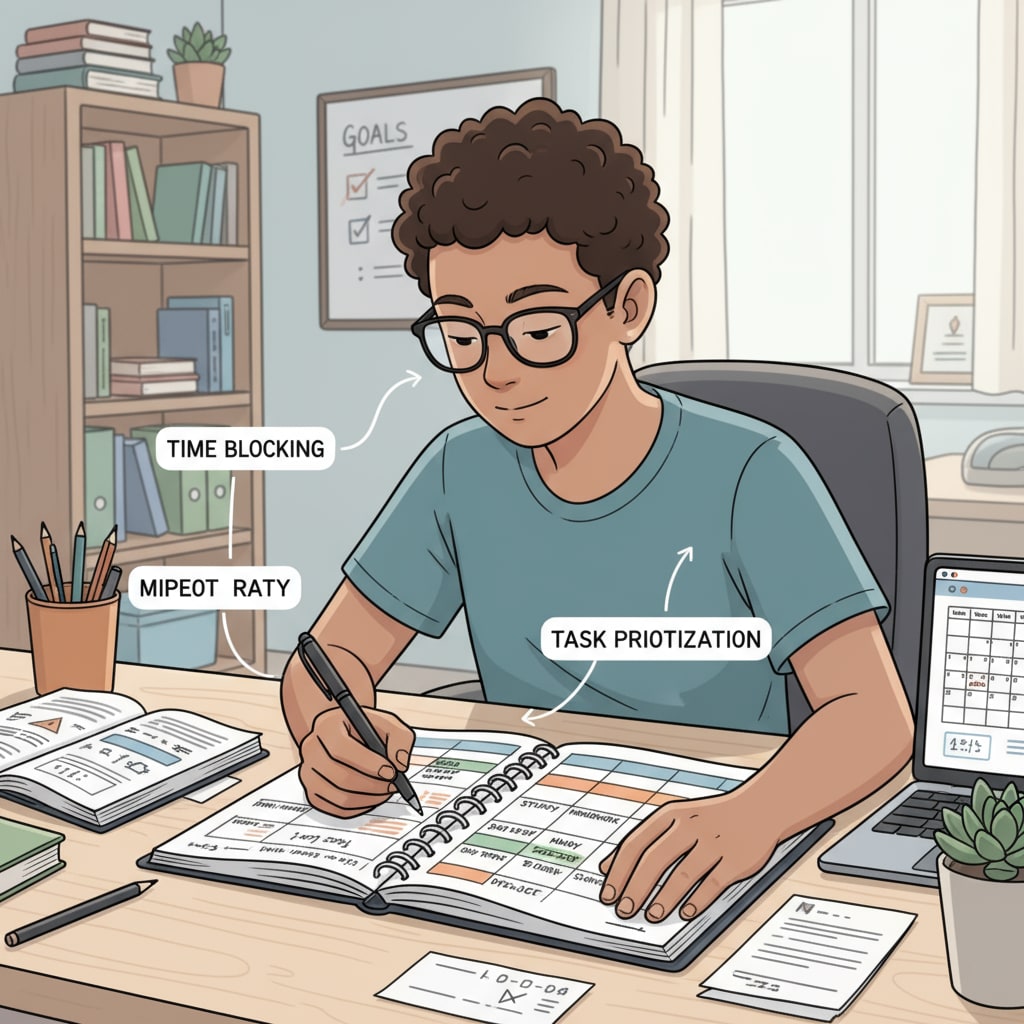High school can be a challenging time for students, filled with a multitude of subjects, exams, and extracurricular activities. However, with the right learning methods and academic skills, students can not only survive but thrive. In this article, we’ve gathered insights from a group of high-achieving high school students who consistently score above 95.

Let’s explore their secrets to academic success.
Mastering Time Management
One of the key aspects of high school learning is effective time management. These top students emphasize the importance of creating a schedule. For example, they allocate specific time slots for each subject, ensuring balanced study. By using tools like planners or digital calendars, they can keep track of assignments, exams, and study sessions. This way, they avoid last-minute cramming and are able to absorb knowledge more effectively. As a result, they are better prepared for academic challenges.

Subject-Specific Strategies
Different subjects require different approaches. In math, for instance, these students practice regularly, work through a variety of problems, and seek help when stuck. They also create summary sheets of important formulas. For language arts, reading extensively, writing regularly, and analyzing texts are crucial. They read classic literature, write essays to improve their writing skills, and break down complex texts to understand them better. By tailoring their study methods to each subject, they can achieve higher grades. Education insights on Britannica
Another important aspect is note-taking. Good note-taking helps in better understanding and revision. High-achievers use techniques like the Cornell method, which involves dividing the page into sections for main ideas, details, and summaries. This makes it easier to review and recall information during exams. In addition, they review their notes regularly to reinforce their learning.
Readability guidance: We’ve used short paragraphs to present clear ideas. For each key point, we’ve provided practical examples. Transition words like ‘however’, ‘for example’, ‘as a result’, and ‘in addition’ have been used to enhance the flow. Lists could be used further to break down complex ideas, and we’ve made sure to keep passive语态 to a minimum.


